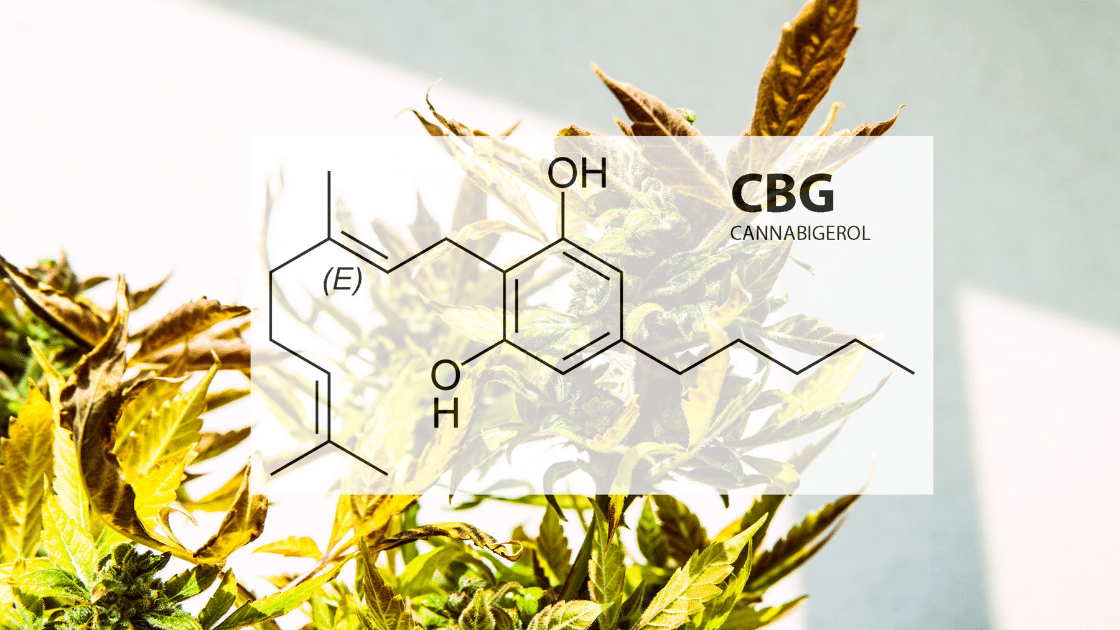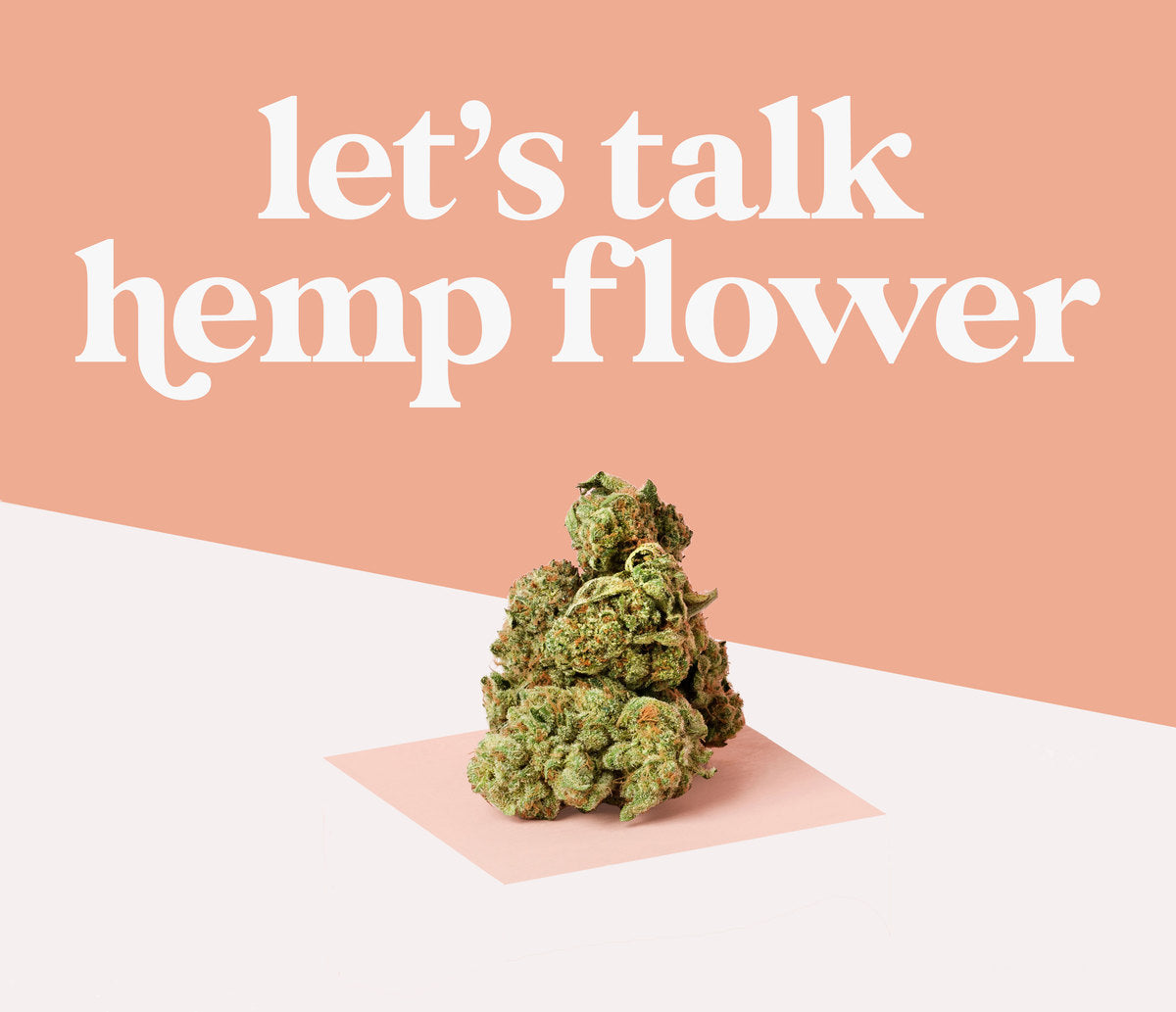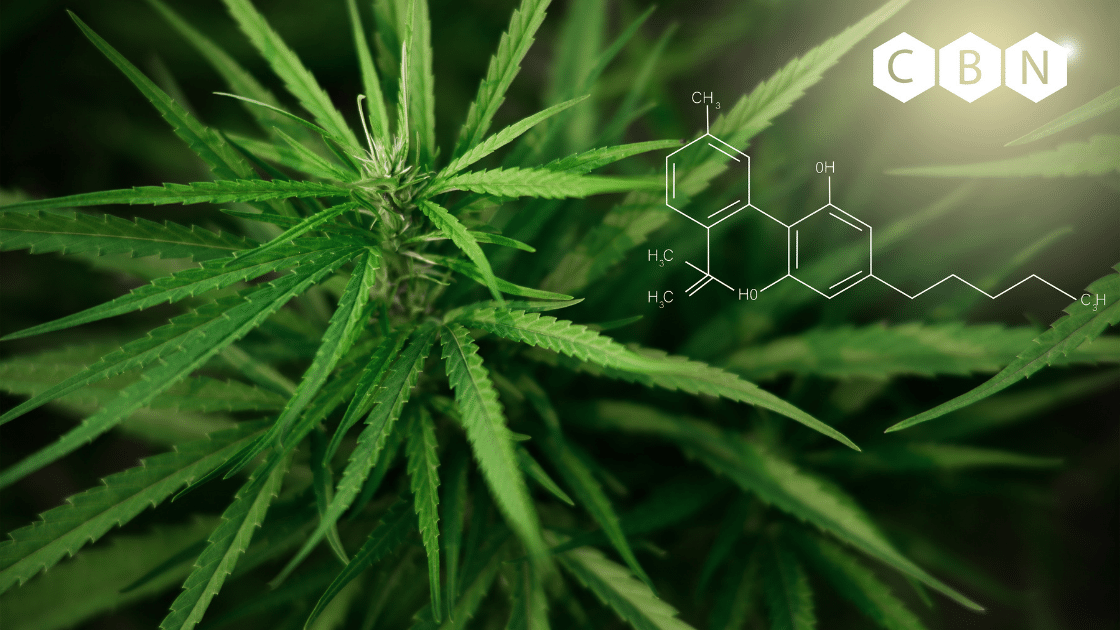Everyone has heard about the most popular cannabinoids found in weed, THC (tetrahydrocannabinol) and CBD (cannabidiol), and the effects they produce. But did you know there are a lot of minor cannabinoids that are not as popular but are currently being researched for a number of potential benefits they have to offer?
One of those lesser-known cannabinoids is CBG. In this article, we’ll give you more information on this cannabinoid, including how it’s made, its effects on users, how it relates to CBD, and what the scientific consensus has to say about it based on the research that has been done so far. So, if you’ve been asking yourself the question “What is CBG?”, read on to find out the answer.
What Is CBG?
Cannabigerol (CBG), also called “the mother of all cannabinoids”, is a minor cannabinoid present in cannabis. Its precursor, the cannabigerolic acid (CBGA), is the one out of which all other cannabinoids are derived, making it a very interesting compound for researchers. In fact, CBGA is a precursor to three main cannabinoid acids - tetrahydrocannabinolic acid (THCA), cannabidiolic acid (CBDA), and cannabichromenic acid (CBCA).
Given that CBG is found in smaller amounts (about 1%) compared to major cannabinoids, such as THC and CBD, CBG products are often more expensive. Let’s see what else makes this cannabinoid so special and how it’s made.
How Is Cannabigerol Made?
As we’ve mentioned above, CBGA is a compound that can only be found in the raw cannabis plant and young cannabis plants contain higher amounts of this acidic precursor compared to mature plants. CBGA is eventually broken down as a result of its exposure to ultraviolet lights and the synthesis enzymes that convert this acid into THCA and CBDA, therefore the more THC in a strain, the less CBG there is. However, once decarboxylated, CBGA converts to cannabigerol or CBDA.
Breeders that want their cannabis plants to produce higher yields of CBG either cross-breed plants or manipulate the genes of their plants. On the other hand, scientists who want to extract more CBG extract it from the budding plants often in the sixth week of the flowering period in an eight-week flowering cycle. Once the plant is fully developed, the concentrations of CBG decrease as the plant has already converted its concentrations into THC and CBD.
How CBG Is Processed in the Body?
Similar to other cannabinoids, CBD is processed in the endocannabinoid system. This system consists of receptors that are found throughout the body which are responsible for keeping our body in homeostasis (a balanced state regardless of our environment).
Cannabinoid Receptors
We can differentiate two main types of cannabinoid receptors in our bodies - the CB1 and CB2 receptors. The former is found in the nervous system and brain, while the latter is located in the immune system and other areas of the body. CBG binds itself to these receptors and allegedly strengthens the function of the neurotransmitter anandamide, a neurotransmitter that’s responsible for enhancing motivation, pleasure, alleviating pain, and regulating sleep and appetite.
Unlike THC, CBG has no intoxicating effects, so it will not give you a high.
Potential Effects of CBG
While the research on CBG isn’t as extensive as the research on THC and CBD, scientists are slowly starting to uncover all of CBG’s secrets. According to research, CBG allegedly has some potential benefits and therapeutic effects, and we’ll go into more detail on those in the following paragraphs.
Inflammatory Bowel Disease
This incurable medical condition causes chronic inflammation in the bowel and affects a large percentage of the population worldwide. Even though there’s no cure for this condition, a 2013 study noted that CBG may have some beneficial effects on IBD.
According to the study, the inflammation in the mice’s colon decreased after CBG was administered and the cannabinoid may have also reduced the formation of reactive oxygen species in the intestines. The conclusion of the study clearly stated that this cannabinoid should be considered for clinical experimentations for patients with inflammatory bowel disease.
Glaucoma
CBG may also have therapeutic potential as an alternative treatment option for glaucoma, based on the evidence from a 2016 study. The test subjects of the study were cats with glaucoma, and after the administered CBG dose, they had a reduction in their eye pressure. They also exhibited an increase in the aqueous humor outflow, the fluid responsible for eye pressure maintenance.
Huntington's Disease
This medical condition causes the breakdown of the nerve cells in the brain. While there’s still no cure for this disease, scientists are looking for compounds that may have the potential to cure or ameliorate it, and one of them may be CBG. CBG is being studied for its potential to protect the nerves from the effects of this condition, and the results were presented in a 2015 study that showed that the cannabinoid acted as a neuroprotectant in the brain. CBG also improved the motor deficits of the participants.
While more research is needed on the subject, this animal study may pave the way towards more research on Huntington’s and CBG’s effects in improving the outcome of the condition.
Antibacterial Properties
More recent research on this versatile cannabinoid has found that CBG has antibacterial properties. The 2020 study showed that CBG is especially useful against the drug-resistant bacteria that cause staph infections called Staphylococcus aureus (MRSA).
Fighting Cancer Cells
Another recent study also looked into more of the potential benefits of CBG. The 2021 study showed that CBG may destroy therapy-resistant glioblastoma stem cells, which are the root of cancer development. CBG may become a viable treatment option for cancer if further research proves the use of this cannabinoid as a therapy or a preventative measure.
The Relation Between CBD and CBG
As CBG doesn’t produce any intoxicating effects on users, it’s become more linked to CBD than THC. It may also be used in lieu of THC to reduce the intoxicating effects of consuming too much THC.
However, CBG and CBD aren’t the same. While the common percentage of THC in cannabis strains is around 25%, the average levels of CBG are 1%. So, if you’re thinking about incorporating this cannabinoid into your wellness regime, it’s best to start with a lower dose since the cannabinoid isn’t researched as much as THC and CBD are.
Final Thoughts
In conclusion, we believe that scientists have only scratched the surface when it comes to this minor cannabinoid since early studies are showing that it may be beneficial for conditions such as IBD, glaucoma, Huntington’s, cancer, and the cannabinoid even has antibacterial properties.
However, the downside is that CBG is a scarcer cannabinoid and much more difficult to produce compared to THC and even CBD, which makes the price of purchase much higher than the price of other cannabinoids.
But we believe that as more researchers shine a light on this powerful cannabinoid, it may become just as widely used as its non-psychoactive neighbor CBD.




Leave a comment
This site is protected by hCaptcha and the hCaptcha Privacy Policy and Terms of Service apply.